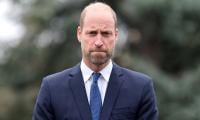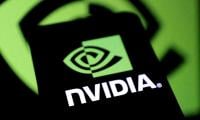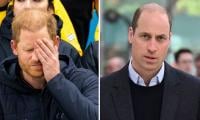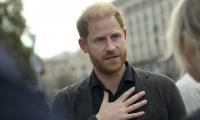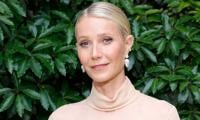WASHINGTON: Federal Reserve policymakers are finally seeing some sustained progress in sapping high inflation, cementing their plan to raise interest rates by a quarter percentage point next week, with traders betting they'll end their hiking campaign in March.
The U.S. central bank's preferred gauge for inflation, the personal consumption expenditures (PCE) price index, rose 5.0 percent in December from a year earlier, slower than the 5.5 percent 12-month gain as of November, the government reported on Friday, and the lowest level since September 2021.
Core PCE, which the Fed uses to gauge the underlying momentum of inflation as it strips out volatile components, rose 4.4% from a year earlier, the slowest pace since October 2021. In the most recent three-month average it increased around 3.2% on an annualized basis.
That cooling has traders betting the Fed will soon wind down its most aggressive policy-tightening since the 1980s, designed to dampen demand across the economy in a bid to bring inflation, which surged to a 40-year high last year, back down to its 2% target rate.
"The Fed can legitimately downshift the pace of rate hikes next week as inflation cools," said Jeffrey Roach, chief economist at LPL Financial.
Futures tied to the Fed's policy rate are pricing in near certainty for the central bank to raise its benchmark rate to 4.5%-4.75% at the conclusion of its Jan. 31-Feb. 1 meeting, from 4.25%-4.5% now, with another quarter-point hike priced in for March.
Other pricing data is also falling into line. A survey released later on Friday showed U.S. consumers' inflation outlook for the year ahead fell to levels not seen since April 2021.
The University of Michigan said one-year inflation expectations in its final January reading dropped to 3.9%, from a preliminary reading of 4.0%.
The five-year inflation outlook also declined to 2.9% from 3.0%.
Fed policymakers have signaled they expect interest rates ultimately to go a bit higher - to just over 5% - and have warned they do not expect to cut rates this year so as to make sure they definitely win the war on inflation.
But traders see just a one-in-three chance of a further quarter-point increase post March, and after the government report, which also showed consumers pulling back on spending, they firmed up their bets on rate cuts starting as soon as September.
Consumer spending accounts for more than two-thirds of economic activity so signs of slowing economic growth, with manufacturing also in the early stages of a downturn,
ups the risk of a recession by the second half of the year.
The central bank, while maintaining that rates will be held at a peak for some time, is seen buckling should inflation continue to ebb while the economy sags too much under the weight of its monetary tightening.
"With higher interest rates evidently weighing heavily on demand now, we expect core inflation to continue moderating this year, which will eventually persuade the Fed to begin cutting interest rates late this year," said Paul Ashworth, chief north America economist at Capital Economics.




